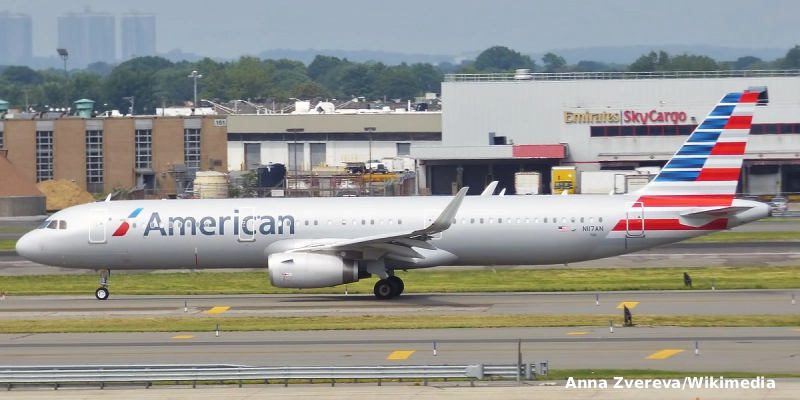During September, American Airlines carried out an unusual operation: 42 flights between Philadelphia and Edinburgh, Scotland, using an Airbus A321neo. While this is not a typical route for that model, the airline made it the centerpiece of a crucial training phase aimed at preparing its pilots for the transition to the Airbus A321XLR, the ultra-long-range version of the A321.
The A321XLR—capable of covering up to 4,700 nautical miles—will mark a turning point for American Airlines’ network, as it enables direct transatlantic operations with single-aisle aircraft.
Intensive Training over the North Atlantic
Between September 4th and 25th, American organized a series of training flights between Philadelphia and Edinburgh for a select group of check pilots. These instructors needed to obtain the necessary certification to operate over the North Atlantic, an environment very different from domestic ones.
Once certified, these pilots will be responsible for training the rest of the Airbus A320 fleet pilots, starting with the New York base. Several of the operations involved inspectors from the Federal Aviation Administration (FAA), who oversaw the training of the first eight pilots before expanding the process to the rest of the group.
→ American Airlines Brings Mainline Comfort to Regional Flights
“The success of these flights was tremendous,” stated Captain Josh Hall, A320 Fleet Manager at American Airlines. “This effort positions us perfectly to begin training our line pilots to fly the A321XLR over the North Atlantic. All of this was possible thanks to the work and professionalism of our instructors, the FAA, and the training and fleet technical teams.”
New Procedures, New Challenges
The practice flights addressed several unique aspects of transatlantic navigation:
1. The North Atlantic Track System
Pilots learned to operate within the North Atlantic Track System, a kind of “aerial highway” that changes daily based on wind conditions and requires specific procedures.
2. Non-Radar Air Traffic Control
Unlike US airspace, the North Atlantic region is a non-radar environment. Air traffic controllers rely on position reports sent automatically or by radio, which demands more precise and coordinated operations.
3. New Communications
Pilots also had to adapt to satellite communication and HF radio systems, different from those used in domestic flights.
4. Diversion Airports
Part of the training involved familiarization with suitable alternate airports in case of a diversion during the ocean crossing.
What’s Next: The Debut of the A321XLR
The Airbus A321XLR will arrive at American Airlines in the fourth quarter of 2025, with its first commercial flight planned between New York (JFK) and Los Angeles. From there, it is expected to be gradually introduced on transatlantic routes with an initial group of 45 line pilots specially trained for this type of operation.
With this investment in training and technology, American Airlines positions itself to leverage the advantages of the A321XLR, an aircraft that promises to combine efficiency, range, and operational flexibility, opening up new connection opportunities between the United States and Europe.
Related Topics
Congonhas Airport in São Paulo Receives Approval to Operate International Flights
ALTA Warns that Transfer TUUA Puts Peru’s Air Connectivity at Risk
Panama: Tocumen Airport Surpasses 19 Million Passengers by November, Cementing Its Regional Leadership in 2025
Lufthansa Reopens Its Lounge at Stuttgart Airport After Comprehensive Renovation
Plataforma Informativa de Aviación Comercial con 13 años de trayectoria.
